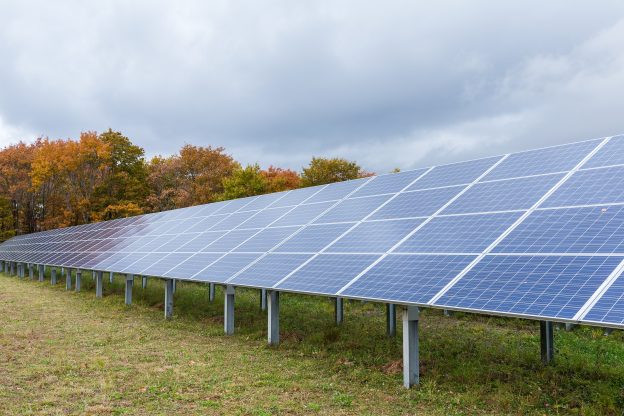
How much steel, the most widely used metallic material right now, is being consumed? The global production volume of steel was about 1.864 billion tons in 2020, and the material serves as an essential segment in various architectures, infrastructures, vessels, automobiles, machinery, electrical appliances, and weapons. However, this cornerstone of life is also an industry with high carbon emission and energy consumption, as 75% of energy used for steelmaking comes from coal, and each ton of steel emits 1.9 tons of carbon.
Steel accounts for 7-8% of global carbon emission each year, and the reduction of carbon emission from steel plants is also an important topic in various carbon reduction actions, for which scientists have proposed a solution that replaces the feasibility of coal with hydrogen.
Steel refining is divided into two methods of blast furnace and electric arc furnace. The former excavates iron ore, and implements an oxygen blown process on the pig iron smelted from ferrolite, coke, and solvent to decarburize molten iron into liquid steel. The latter uses a high voltage power supply system to pass the current to the artificial graphite electrode and scrap steel, and uses the high temperature electric arc to dissolve the scrap steel, before steel refining is achieved.
Scholars believe that the coke reductant within the blast furnace can be replaced by hydrogen, which results in the only emission being water throughout the process that will not lead to any pollution. Hydrogen can also provide electricity for electric arc furnaces, which makes it more possible for a relatively cleaner steelmaking industry to happen. How is the feasibility? Mitsubishi Heavy Industries will be establishing steelmaking equipment that replace coal with hydrogen in Europe, and is currently working with major Austrian steel businesses on developing verification equipment, with operation initiating in 2021 at the earliest.
Emerging Swedish business H2 Green Steel (H2GS) will also appropriate US$3 billion for steel refining using the hydrogen produced by the renewable energy equipment in Boden-Luleå, and plans to commence production in 2024. H2GS is expected to produce 5 million tons of steel with zero-carbon emission steel by 2030.
H2GS commented that this will be the first steel plant to adopt zero fossil fuels, where the hot rolled, cold rolled, and galvanizing coils produced in the future will also be sold to the markets of automobile, transportation, construction, pipeline, and home appliances. Carl-Erik Lagercrantz, chairman of the board, commented that the company wishes to accelerate on the transformation of the European steel industry, with the first step being electrification for the transportation industry, followed by the manufacturing of automobiles using fossil-free steel.
However, just like all hydrogen proposals, the success of H2GS will also depend on the prices of hydrogen production. Hydrogen mostly comes from coal-firing and natural gas, and the particular type of brown hydrogen also derives a substantial amount of carbon dioxide, though is much more affordable than hydrogen production using renewable energy. It will be a while before an extensive level of green hydrogen is produced.
(Cover photo source: pixabay)







